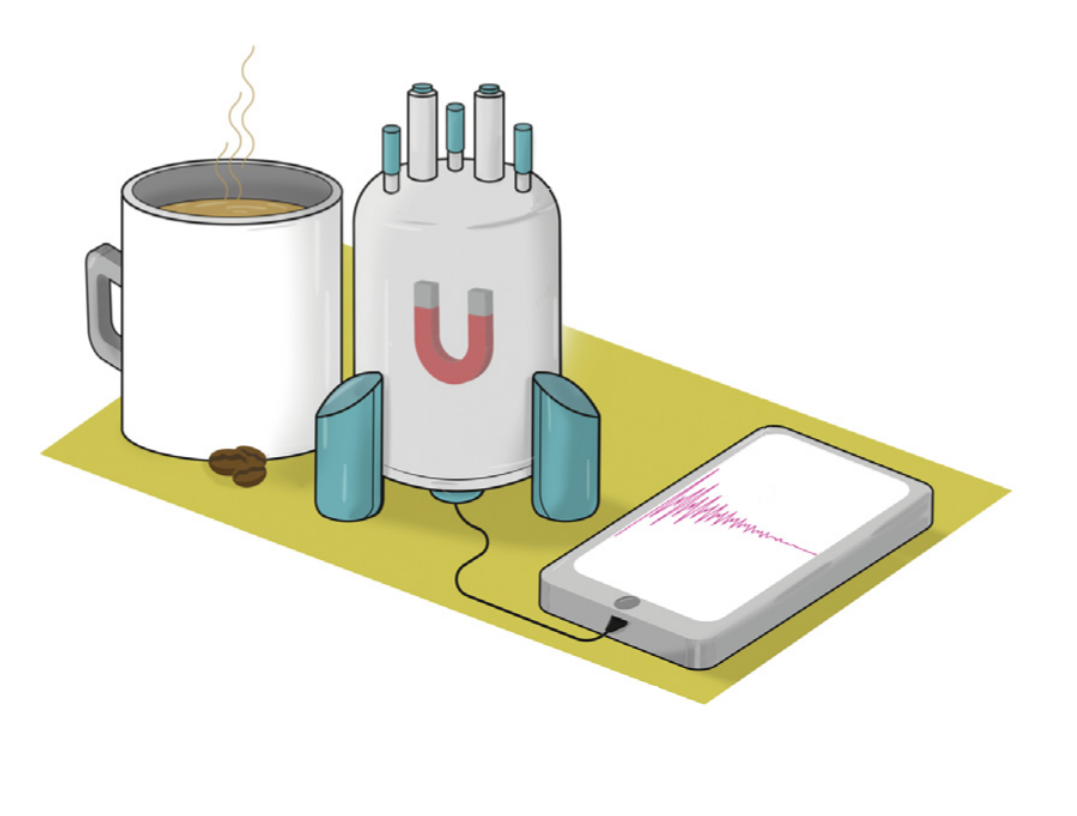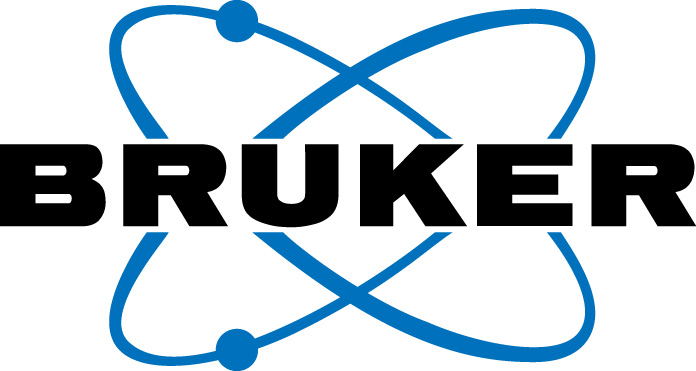Microscale NMR and MRI conference 2025

Nuclear Magnetic Resonance (NMR) provides a unique window into the structure and dynamics of matter across all length scales. NMR methods are extremely flexible and can sensitively encode many different and important aspects, such as chemical composition and molecular structure of materials, but also the anatomy and the physiological processes of living systems. Therefore, it is not surprising that NMR has become an indispensable tool for chemistry, the life sciences, and materials science.
In spite of half a century of development, NMR still has enormous potential for further development of its reach and capabilities. To realise it, we must embrace novel paradigms of magnet engineering, signal generation and detection, magnetic polarisation, and encoding of molecular information. Novel technologies that reduce the size, weight, complexity, and cost of NMR detection systems will enable new applications by making NMR technology much more ubiquitous, putting novel tools for investigation into the hands of engineers, field scientists, and medical practitioneers.
The conference will unite leading researchers in this area for three days of intensive scientific exchange. An impressive list of invited speakers, all of them world leaders in their respective fields of activity, have agreed to give keynote presentations. Important industrial partners and vendors will present their recent products. The conference will provide a unique forum for participants to exchange their ideas and learn about recent developments and breakthroughs. To this effect, the programme carefully balances plenary presentations and discussions, poster sessions, and social activities to maximise opportunities for exchange and networking.
The conference is open for all interested scientists, researchers, and industry experts.
Speaker
The list of invited speakers include:
- Arno Kentgens (Radboud Universiteit)
- Christian Degen (ETH)
- Dmitry Budker (Johannes Gutenberg-University Mainz)
- Dominik Bucher (TUM)
- Irene Marco Rius (IBEC)
- John Blanchard (University of Maryland, QTC)
- Jürgen Hennig (Universitätsklinikum Freiburg)
- Kazuyuki Takeda (Kyoto University)
- Klaus Lips (HZB)
- Lucio Frydman (Weizmann Institute of Science)
- Michael Tayler (ICFO The Institute of Photonic Science, Spain)
- Niels Nielson (Aarhus Univ.; Depart. of Chemistry, Denmark)
- Rachel Martin (University of California, Irvine)
- Rafael Brüschweiler (Ohio State University)
- Raiker Witter (Tallinn University of Technology)
- Thomas Prisner (Goethe Universität Frankfurt)
- Victoria Gomez (Universidad de Castilla-La Mancha)




.jpg)




